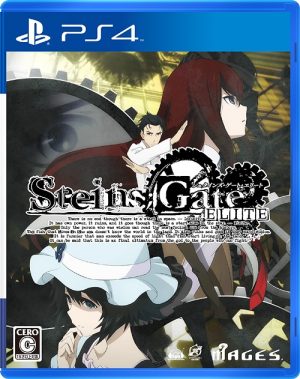
Game Info:
- System: PlayStation 4, PC-Steam, Nintendo Switch
- Publisher: Spike Chunsoft
- Developer: MAGES/5pb/Chiyomaru Studios
- Release Date: NA: 02/19/2019
- Price:Standard Ed. - 59.99, Limited Ed. - 89.99
- Rating: Mature
- Genre: Adventure, Visual Novel
- Players: Single-player
- Official Website: https://www.spike-chunsoft.com/SteinsGateElite/
Who it Caters to
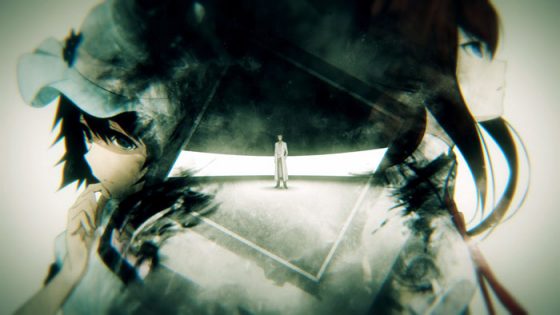
People who’ve read the visual novel and seen the anime.
People who’ve only read the visual novel.
People who’ve only seen the anime.
People who haven’t seen the anime or read the visual novel.
When reading this review, part of the arguments will depend on your history with the the series. Being aware of this will make it easier to judge if Steins;Gate Elite is for you.
What to Expect
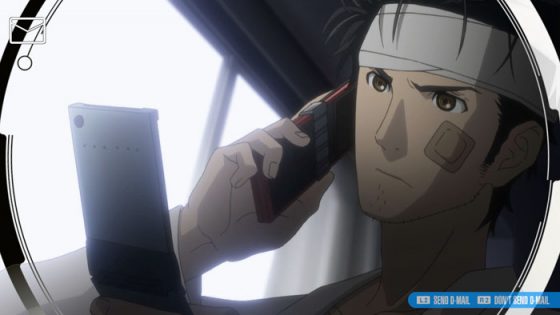
Steins;Gate is the poster child of said series, originally releasing as a visual novel in 2009 as a surprise hit, then later in 2011 as a stunning anime adaptation. Steins;Gate is a different take on time travel stories, choosing to emphasize the science behind time travel, the dangers of it, and the personal story of its protagonist, Rintarou Okabe.
Steins;Gate Elite markets itself as the remastered edition of the visual novel. It combines scenes from the anime with text from the original visual novel, creating a unique experience of its beloved story.
STEINS;GATE ELITE - Story Trailer | PS4, Nintendo Switch, & Steam (PC)
The Differences in Mediums
There are limitations in place, however. For the majority of Steins;Gate Elite, the lines will be borrowed from the original visual novel. This means putting a scene from the anime isn’t simple. The anime took liberties in its script for a more natural transition to the TV medium. The visual novel, on the other hand, used more internal dialogue to portray the Okabe’s mental state. Simply combining the two will create some obvious pacing issues.
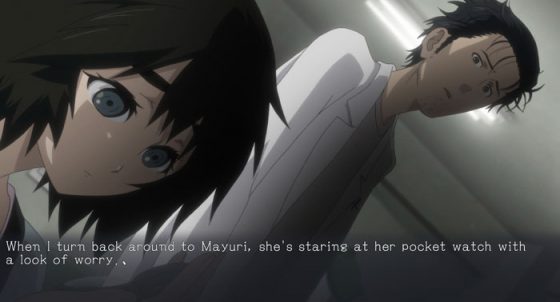
Due to how faithfully Elite wants to stick to the original text, some of the anime’s decisions, specifically the change in what characters say and music, are not within Elite. This decision will favor those who’ve seen the anime but haven't read the visual novel.
While this is rare, some scenes will clash, breaking immersion. In particular, one of the anime’s best adaptation decisions--a change in location to better influence a character’s reveal--will be hampered because the original VN’s text won’t make sense with the visuals provided.
While it’s understandable that Steins;Gate Elite wants to stay closely tied to the original text, I think borrowing from the anime’s larger soundtrack would help scenes flow better and lessen the strain on one song being used to match a spectrum of emotions. If your primary motivation for Steins;Gate was for its directing, Steins;Gate Elite makes some unfortunate concessions with its visuals and sound.
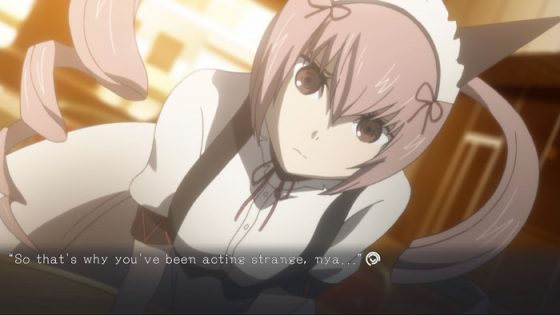
Clever Ideas for a Hopeful Future: Visuals and Controls
A well-done visual novel will be aware of how sound influences mood (sound design), how visuals influence interpretation (scene directing), and of course, how writing can craft an intricate world and story. Visual novels are a medium that take a lot of consideration. Steins;Gate Elite is one that does so in a productive manner. It has captured a wonderful concept: the illusion of motion.
Steins;Gate Elite has a bit of a magic to it. To give the illusion of motion while preserving user control, Elite has to rework multiple scenes and figure out points that can be logically transitioned. The point of this is to preserve pacing.
The pacing of animation is controlled through logical points where a loop can be inserted such as the spinning of a wheel or animation can stop such as a reaction shot where a character responds. While not all scenes will find the best spots to pause, the effort is commendable.
One major obstacles developers face is how to balance between scene presentation and user input. Sometimes the solution is to take away user input--make a scene run like a movie. Other times, you have scenarios in which user input is allowed, but it’s minimal such as walking-and-talking scenes or switches in perspectives where a player can look but not move.
Giving the user control over a integral scene is a tug-of-war between the expectations of how a scene should go (director’s intention) and the user (interaction). Steins;Gate Elite does not find a perfect synergy between the two. However, it experiments with an idea that, if expanded, could pave the way for how future VN developers choose to present scenes.
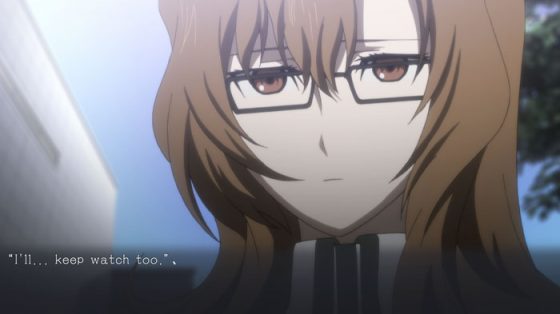
Story
Steins;Gate Elite’s story still shares the original’s brilliant ideas. The expert writing on the science of time travel, the intriguing development of a prototype, the recontextualization of common ideas like fate with science-- this makes for an entertaining read for science fiction fans and those new to the genre’s ideas.
Steins;Gate Elite is not the same story, however. To be specific, Elite makes a few different decisions. While most of the text is identical to the original visual novel, there are some modifications. Some internal dialogue is changed or added to transition between animation. Sometimes descriptive text is deleted because it would double-up on something already visually shown.
For the most part, these changes make sense, but it does influence the feel and tone of certain scenes. Unfortunately, since little seems to be rewritten (not to be confused with deleted or modified), some scenes don’t have the same careful construction as the original’s. If you compare the original Mayuri ending to Elite’s, you’ll notice the differences between shot composition and the last words the player is left to read. This might not jive well with an audience who’s read the original.
However, one has to weigh having new animated route and ending scenes with Elite’s new handling of the text. If you’re heavily invested in the new animation and you’re okay with less precision on writing, then Steins;Gate Elite’s changes are acceptable.
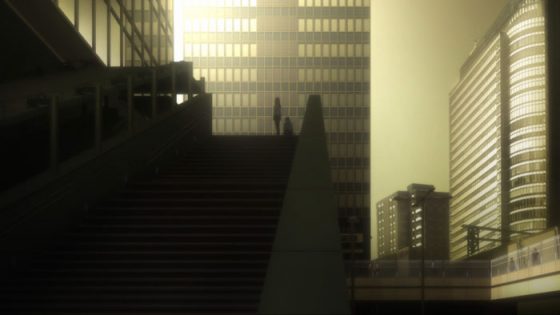
Gameplay
During specific sequences where the worldline alters, you are given a yes/no option on sending D-mail. These options will either set players to go further along the main route or lock them into a character’s specific route and ending.
Honey's Gameplay Consensus:
If are looking for extremely precise execution whether in writing or animation, Steins;Gate Elite is not that. However, if you’re worried you might not be entirely interested in VNs (but like anime), if you value inclusion of newly animated endings highly, or if you’re intrigued by Elite’s experiment on combining two mediums, then Steins;Gate Elite works fine.
Honey's Pros:
- New ending routes are an interesting inclusion, bringing a new perspective to the beloved story.
- The animation, while not perfect, is a promising step forward for how visual novels can incorporate motion and user input into scenes.
- The story still remains one of the best of the Science Adventure Series.
Honey's Cons:
- Fitting every animated scene to fit the original text hurts the immersion of some scenes and the precision of some of the writing.
- The execution of some of the writing is less precise due to constraints of the above.
- Not borrowing some of anime’s music hurts the sound design of the game, forcing some songs to fit too wide a spectrum of emotions.
Honey's Final Verdict:
Having every scene be animated for a new IP is unrealistic, but being selective, they can use some of this experience to give a stronger sense of immersion.

